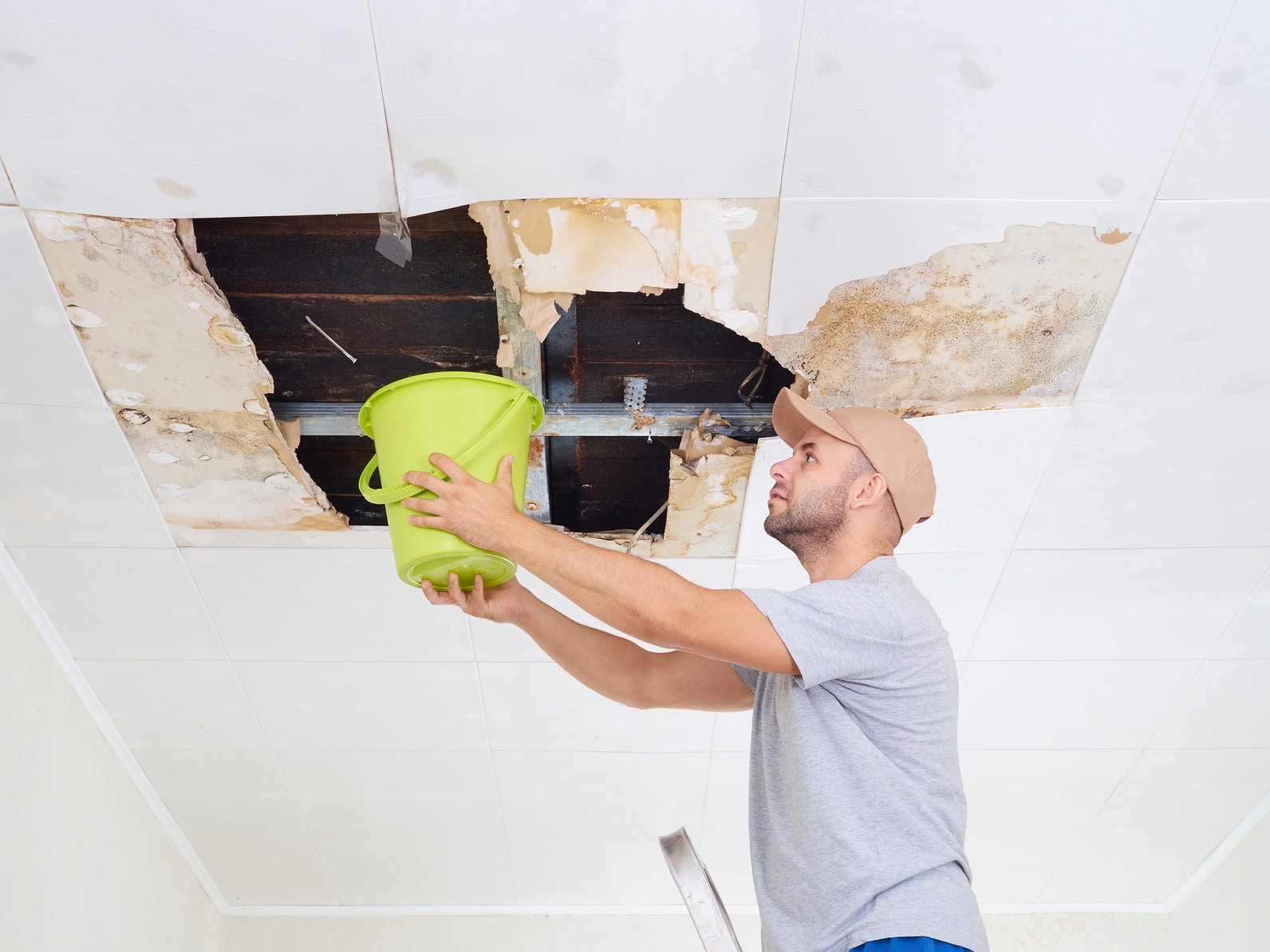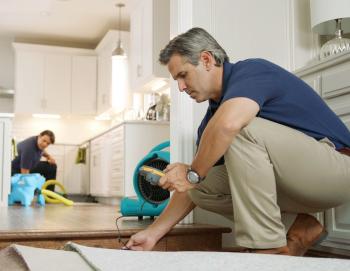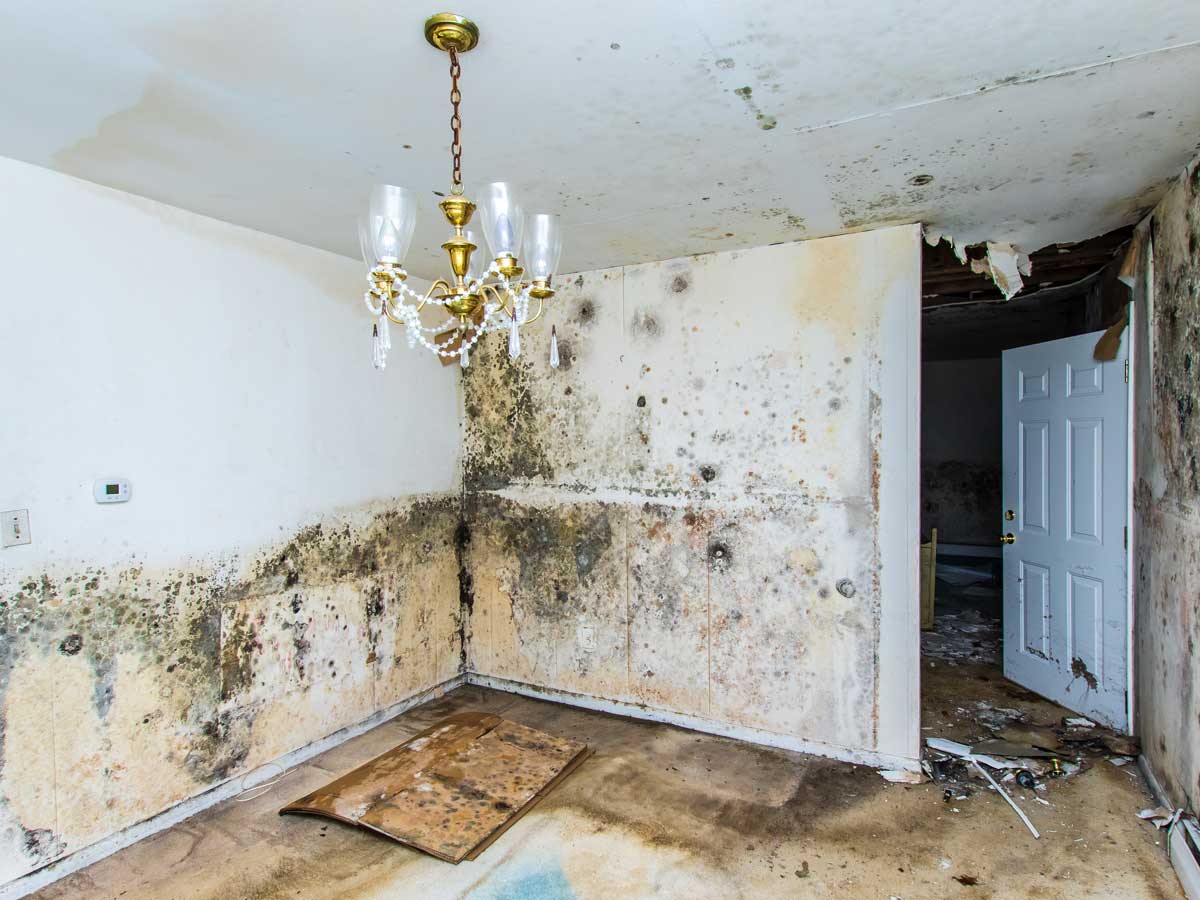Emergency Situation Water Damage Remediation: Swift Action to Reduce Additional Damages
What exactly does emergency situation water damage reconstruction require? By understanding the necessity and thorough nature of this procedure, you will acquire beneficial understandings right into exactly how specialists deal with emergency water damage, making sure a swift and efficient reaction.
Relevance of Swift Feedback
Swift action is of utmost relevance in water damages reconstruction to reduce more damages and minimize possible dangers. When water damage occurs, whether as a result of a ruptured pipe, a natural calamity, or any kind of other unexpected occasion, time is of the essence. The longer water sits in a structure, the even more damages it can cause. This is why it is vital to act quickly and effectively to remove the water and start the restoration process.
One of the major factors swift feedback is crucial in water damage reconstruction is to prevent the growth of mold and mildew and mold. Mold and mildew not only causes additional damages to the framework of the structure but additionally positions health and wellness threats to owners.
Water damages can be ruining, particularly when it affects individual products of sentimental or financial worth. Performing quickly allows specialists to analyze the damages and execute appropriate repair methods to salvage as much as feasible.
Analyzing the Degree of Damage

Throughout the evaluation, repair experts completely analyze the damaged location to recognize noticeable indicators of damages, such as water spots, distorted materials, and mold and mildew growth. They likewise use specialized tools to detect surprise damages, such as wetness meters and thermal imaging video cameras. This extensive evaluation allows them to accurately identify the level of the damages and establish a customized restoration strategy.
Examining the degree of water damage is essential since it helps specialists prioritize their initiatives. They can recognize locations that require prompt attention, such as standing water elimination and drying, to avoid more damage and decrease the danger of mold growth. They can also figure out the areas that require repair work or substitute, making certain that no damage goes unattended or unnoticed.

Water Extraction and Drying Out Process
The water extraction and drying out process is a critical action in water damages repair, as it involves the removal of excess water and the thorough drying of the damaged location to avoid more damage and minimize the danger of mold and mildew development. After examining the level of the water damage, the following action is to draw out the water from the affected location.
This step is necessary in preventing secondary damage, such as structural damages and the development of mold and mildew and mold. The drying out procedure may take several days, depending on the extent of the water damage and the products entailed.
It is very important to ensure that the affected area is completely dry prior to waging any kind of repairs or reconstruction. Failure to thoroughly dry the area can lead to long-term issues, including weakened frameworks, musty odors, and the growth of mold and mildew and mildew. Expert water damages reconstruction companies employ dampness discovery devices to ensure that the damaged area is entirely dry before continuing to the next step.
Mold And Mildew Avoidance and Removal
Efficient mold and mildew prevention and removal are essential in water damages reconstruction to make certain the safety and stability of the damaged location. mold inspection philadelphia. When water damage occurs, whether from a ruptured pipe, flooding, or a leaky roofing, it creates an excellent atmosphere for mold and mildew growth. Mold and mildew can start to develop within 24 to 2 days after water damage, and if left unattended, it can spread quickly and cause severe wellness dangers
To stop mold development, it is necessary to attend to water damages promptly. The very first action is to fix the source and determine of the water breach. Once the source is dealt with, the affected area must be extensively dried to stop page wetness from sticking around. This may include using dehumidifiers, air movers, and other specific tools to remove excess wetness from the air and surface areas.
In situations where mold and mildew growth has currently taken place, removal is required to get rid of the mold and mildew and prevent its return. This involves the careful elimination and disposal of damaged products, such as drywall or carpet, to make sure that all traces of mold and mildew are eradicated. It is very important to keep in mind that mold remediation ought to be performed by professionals who have the necessary training and devices to securely eliminate and take care of mold.
Restoring the Affected Area

Firstly, it is vital to thoroughly dry the area to avoid any kind of additional damage and to hinder the growth of mold and mold. This may involve making use of specialized drying devices, such as dehumidifiers and industrial-grade followers, to get rid of all dampness from the affected surfaces.
Once the area is entirely dry, the remediation procedure can start. This might include fixing or changing harmed structural aspects, such as drywall, flooring, or ceiling tiles. It is very important to address any underlying issues that might have created the water damage, such as leaking pipes or malfunctioning pipes, to stop future incidents.
Additionally, recovering the affected area may likewise include repainting walls, changing harmed fixtures, and extensively cleansing and sterilizing the space. This guarantees that not just is the area structurally audio, yet it is likewise aesthetically pleasing and secure for occupancy.
Conclusion
Finally, quick feedback is vital in lessening further damages caused by water emergencies. Evaluating the extent of damages enables efficient water removal and drying processes to be applied. Furthermore, mold prevention and remediation are crucial in find out restoring the affected area. On the whole, timely activity and extensive restoration measures are key to mitigating the unfavorable effects of water damages.
Swift reaction is of utmost importance in water damages repair to reduce further damages and minimize possible threats.During the analysis, restoration specialists completely analyze the affected location to identify visible signs of damage, such as water spots, warped products, and mold development.The water extraction and drying procedure is an essential action in water damages reconstruction, as it entails the removal of excess water and the thorough drying out of the affected area to protect against further damages and mitigate the danger of mold and mildew development. After analyzing the extent of the water damages, the next action is to draw out the water from the afflicted area.Efficient mold and mildew prevention and remediation are crucial in water damage remediation to make certain the security and honesty of the afflicted location.